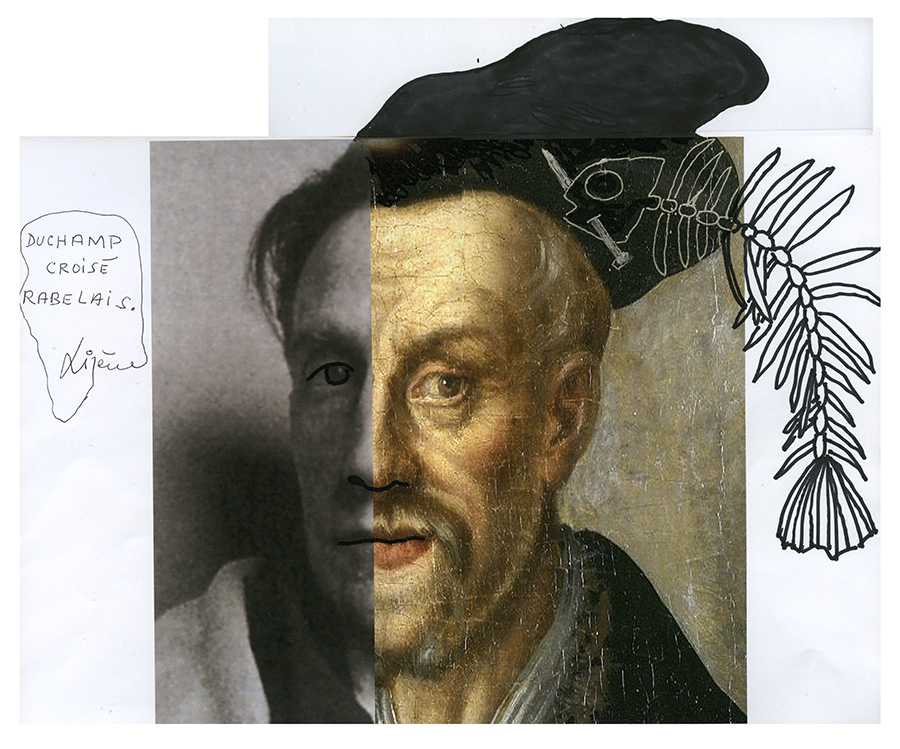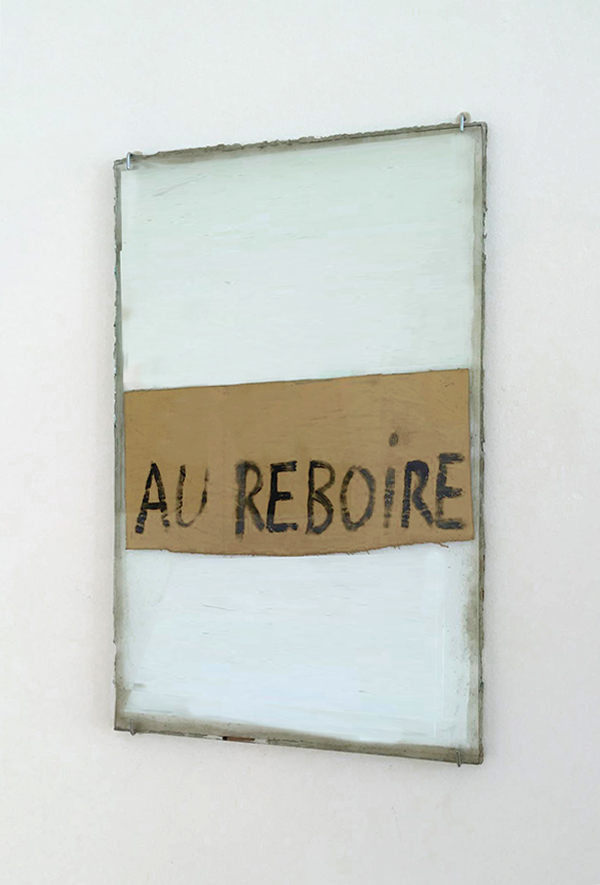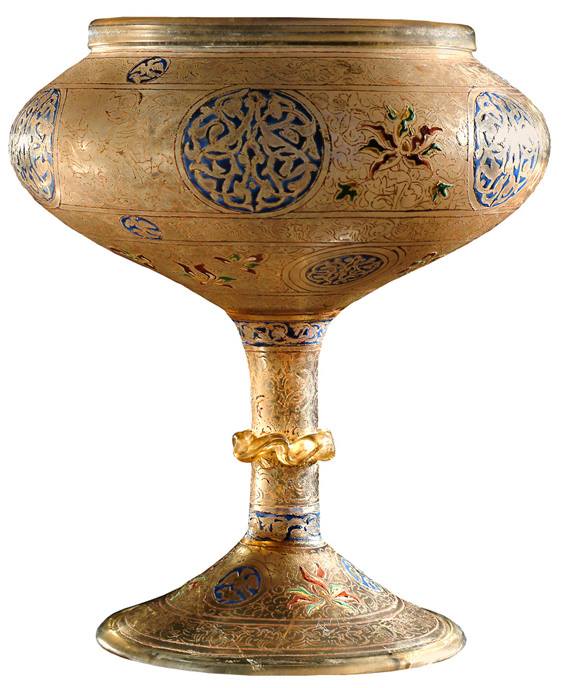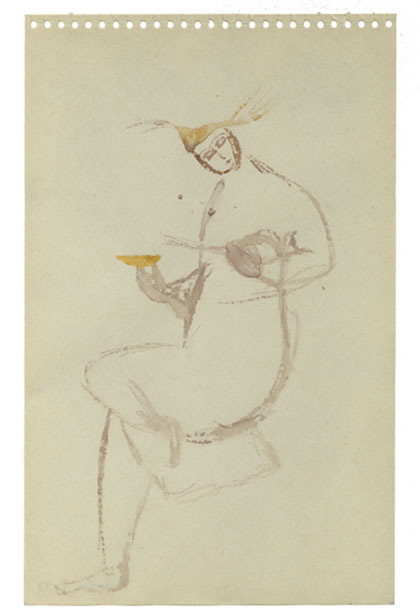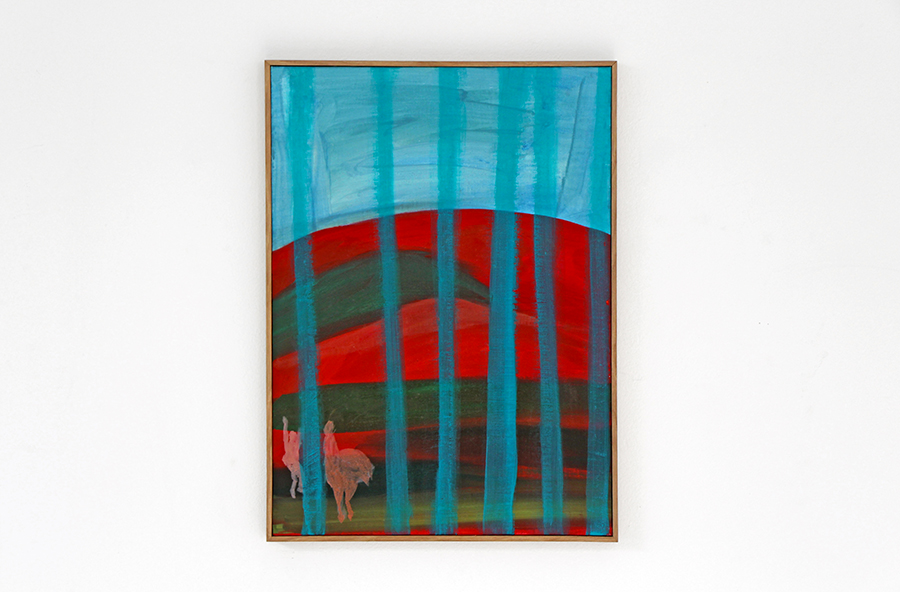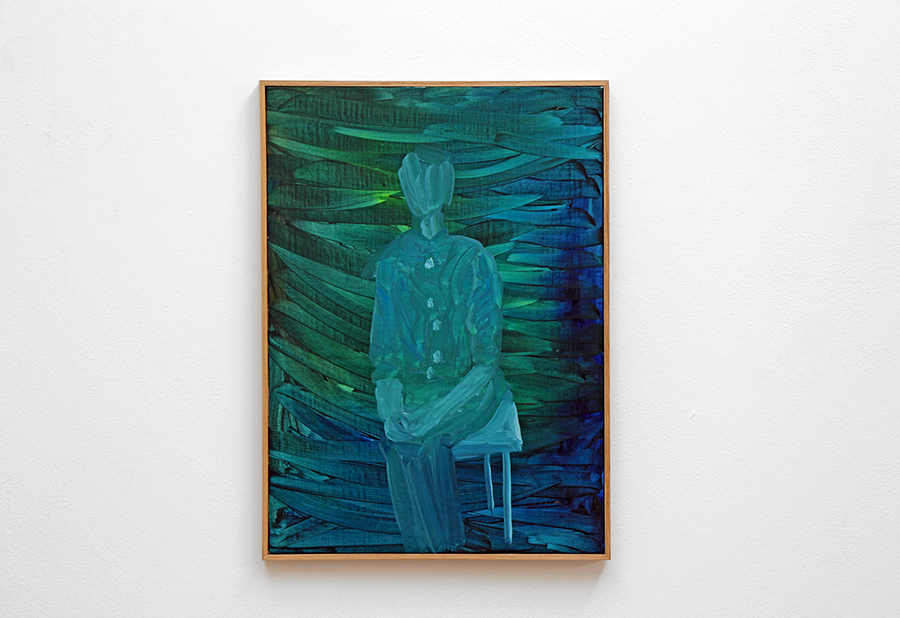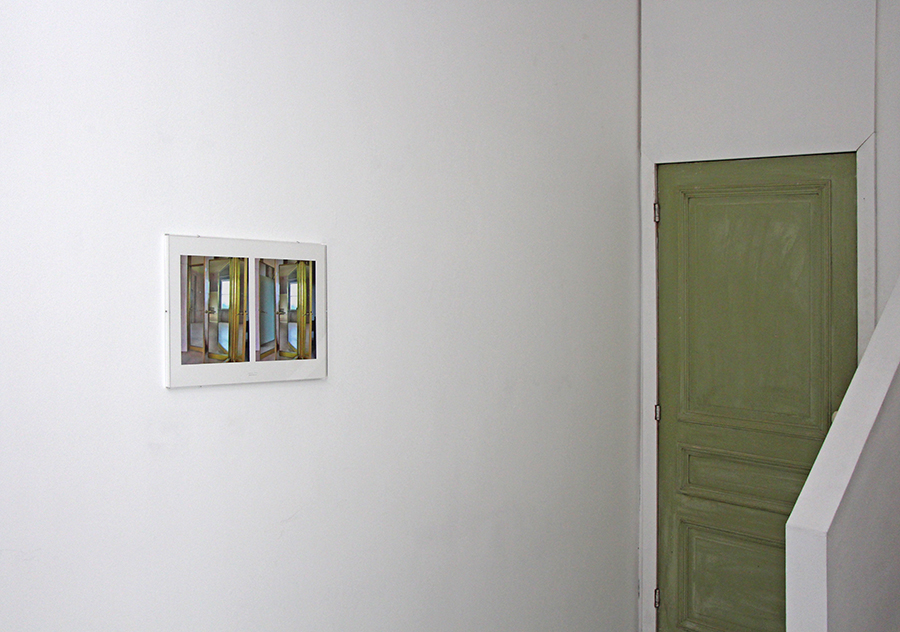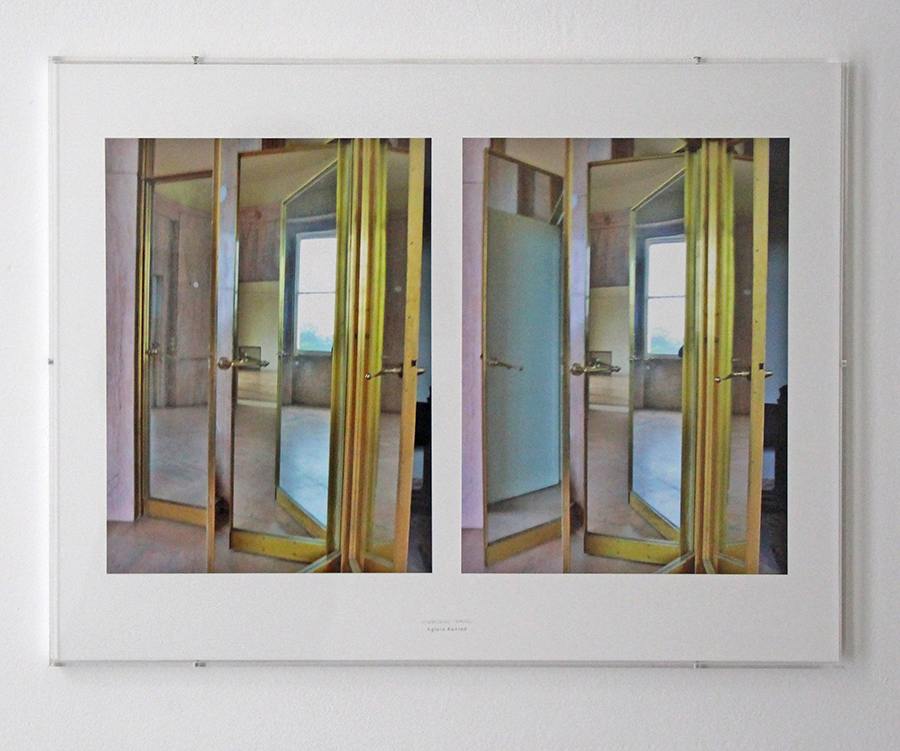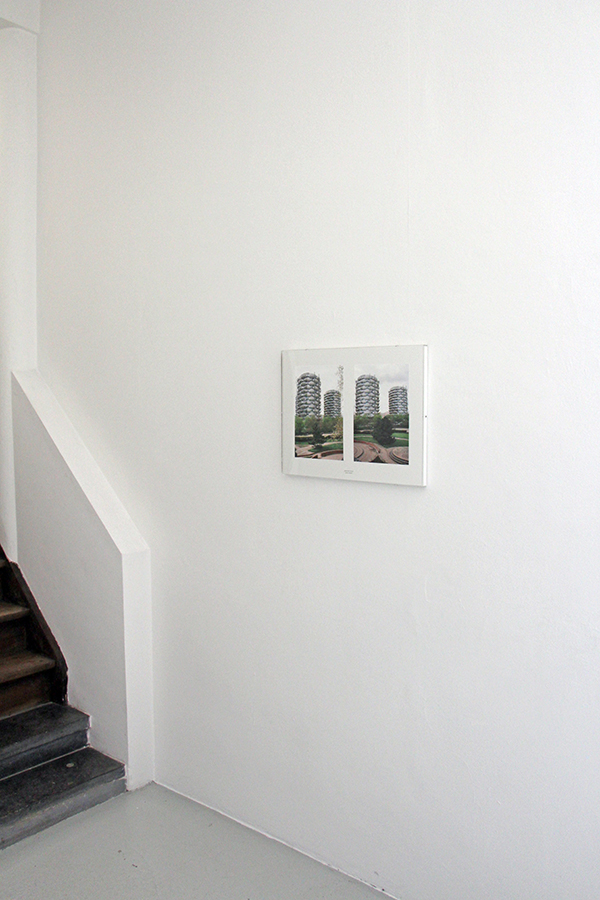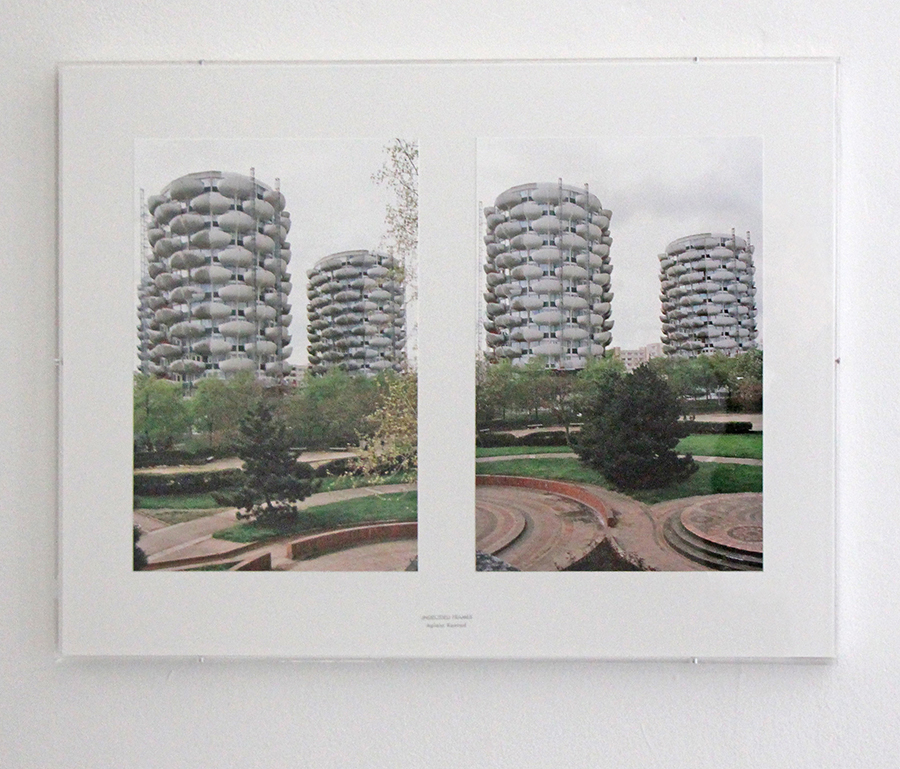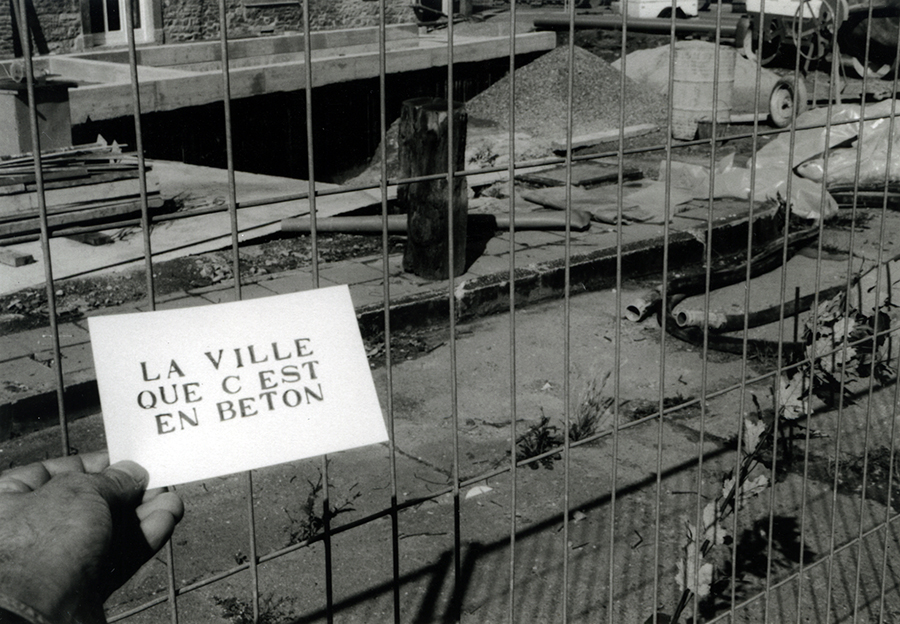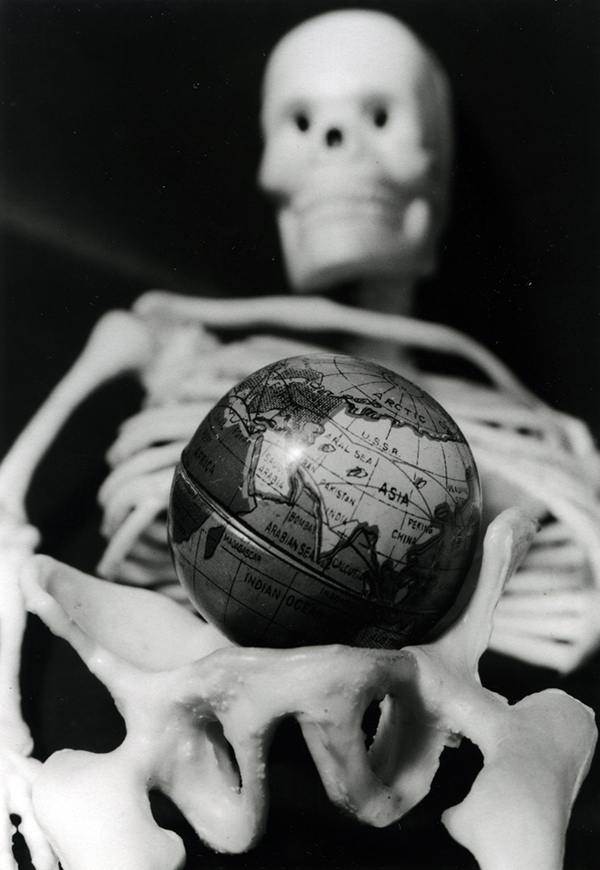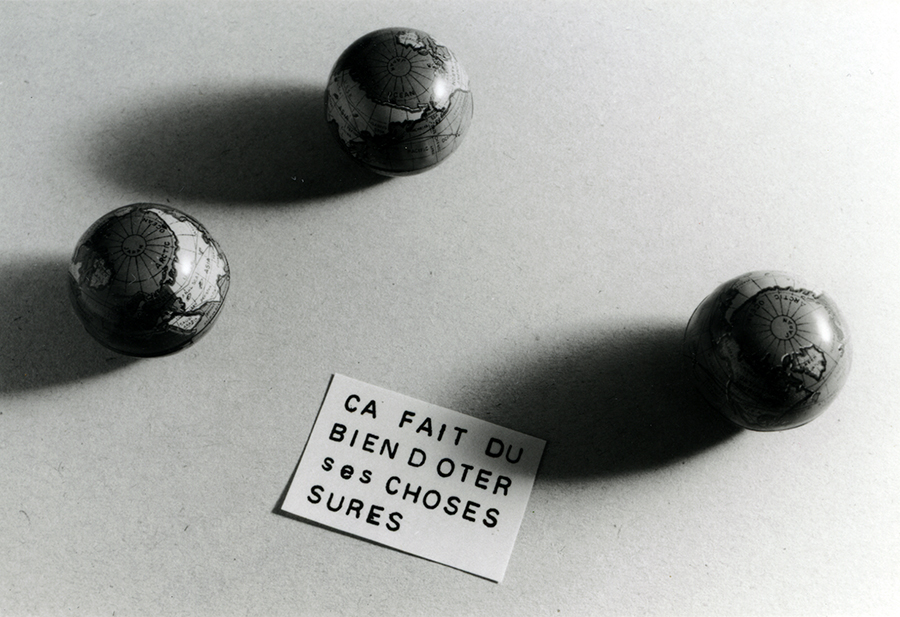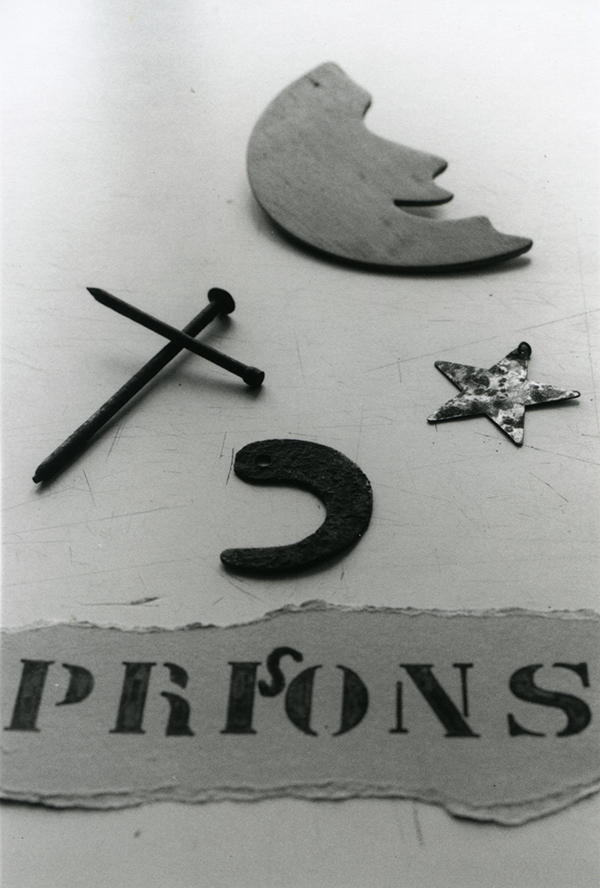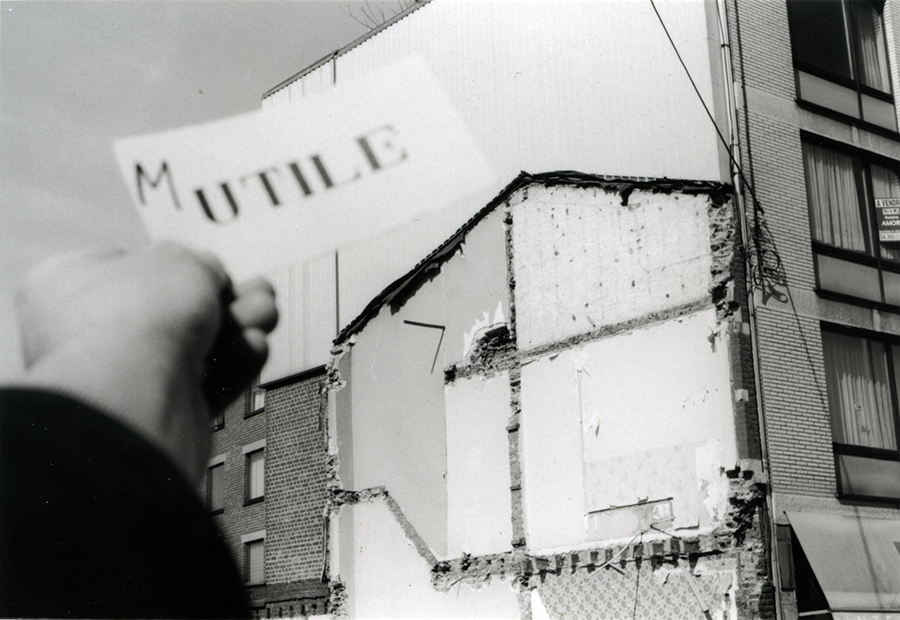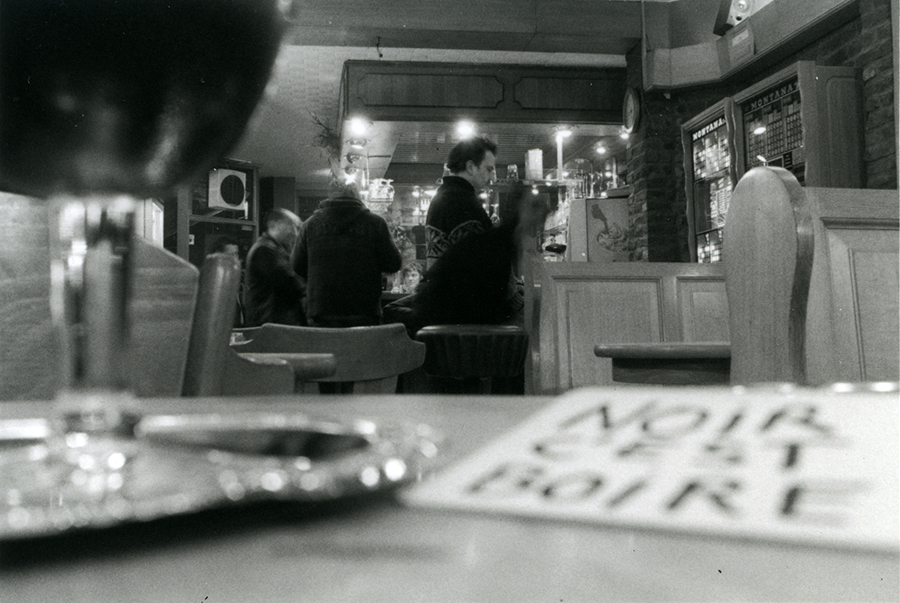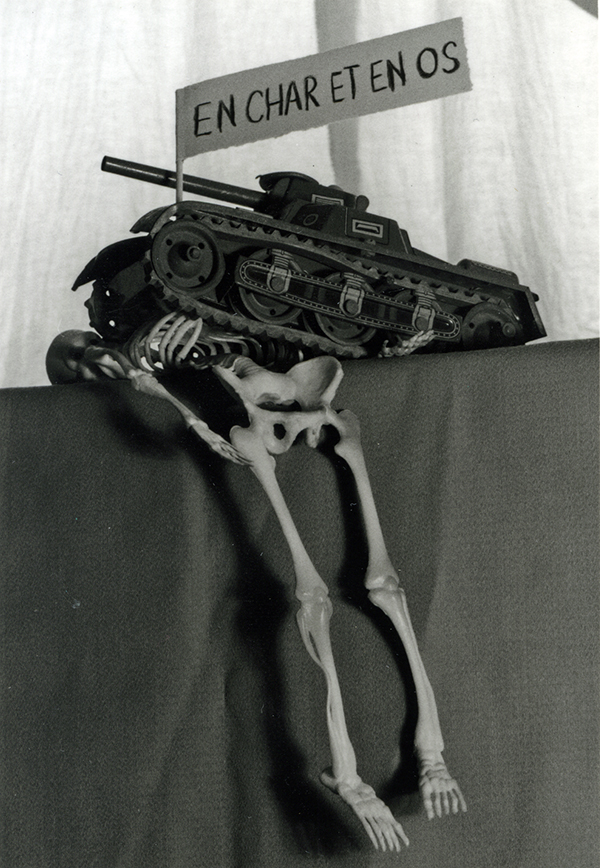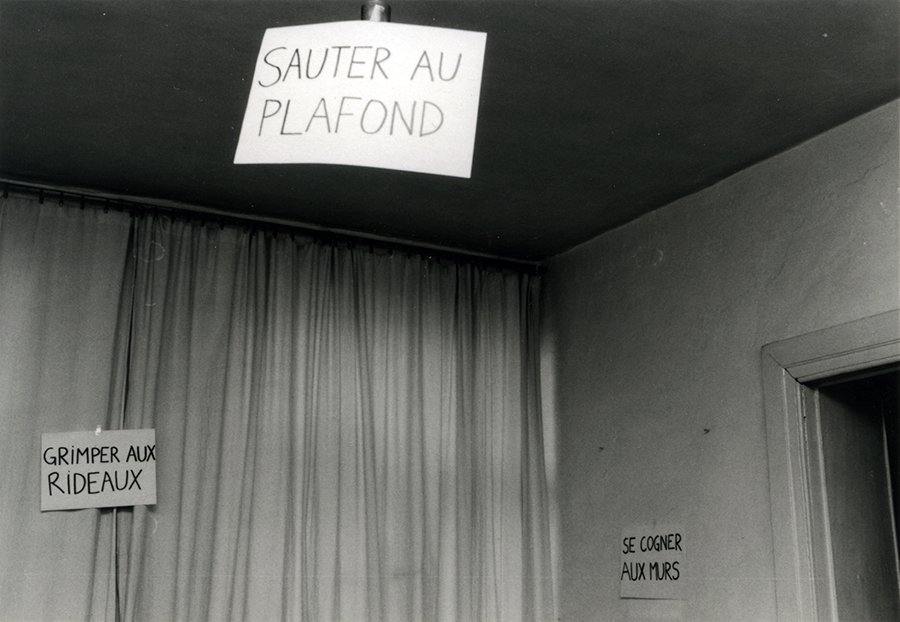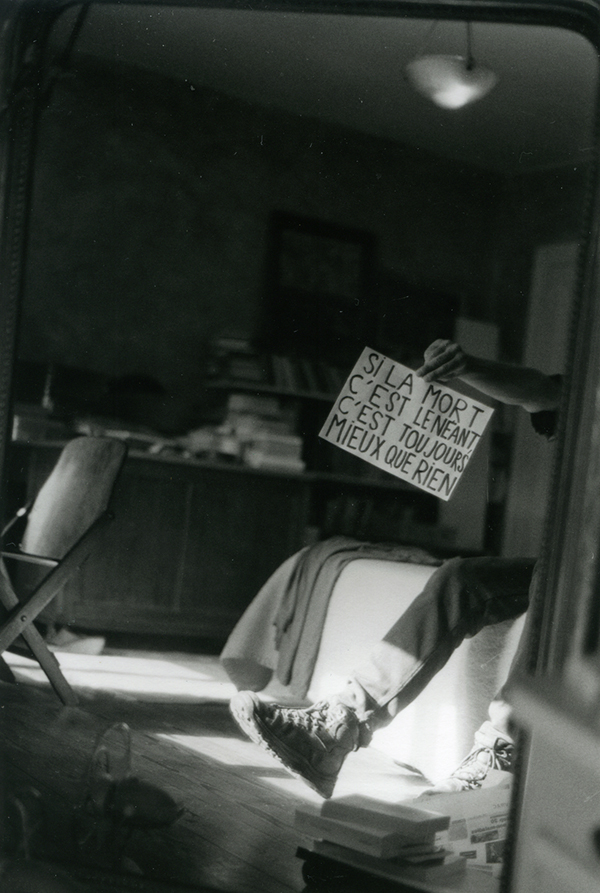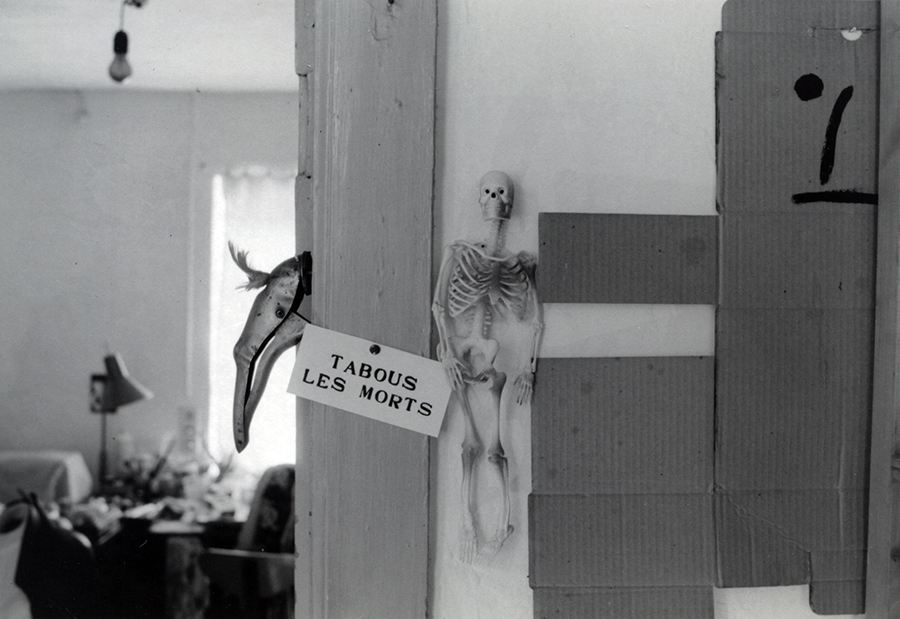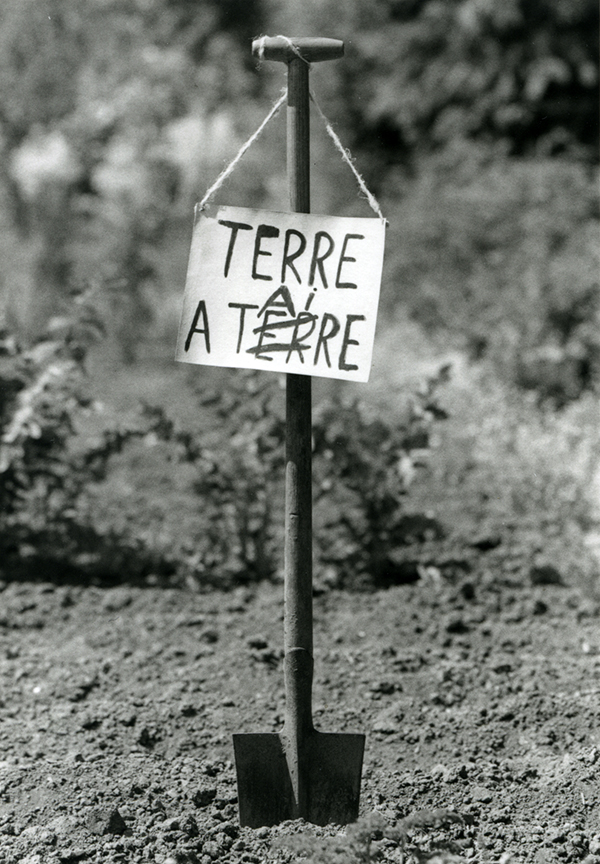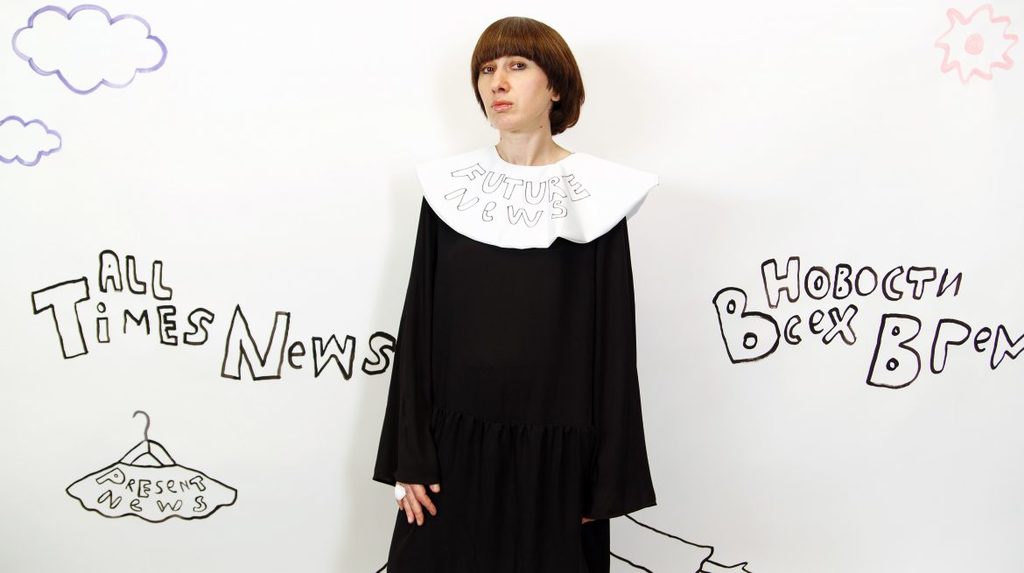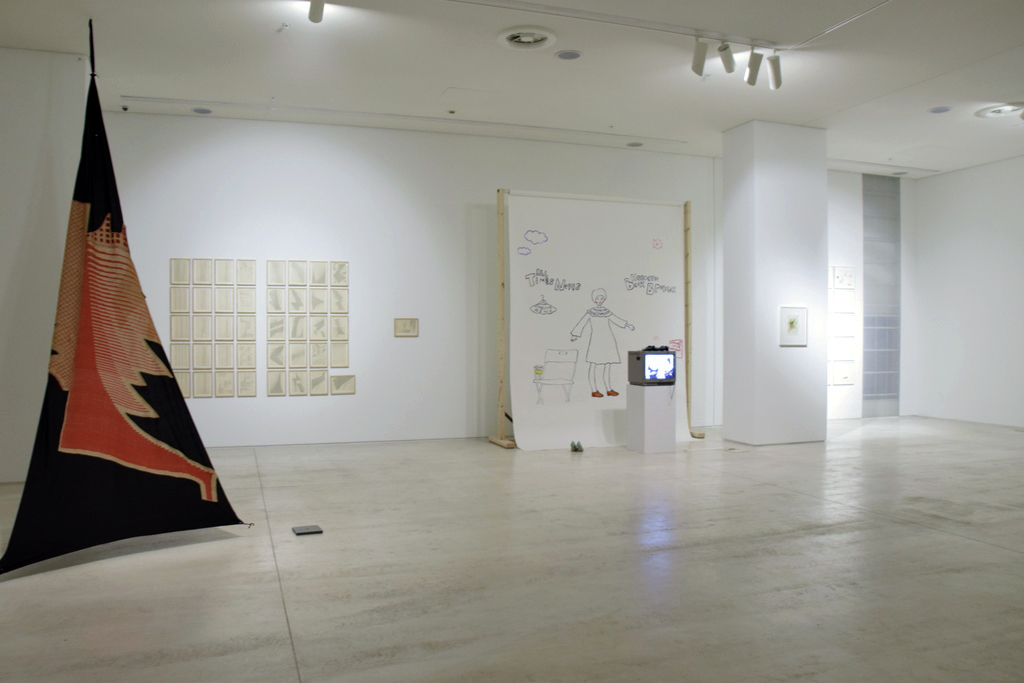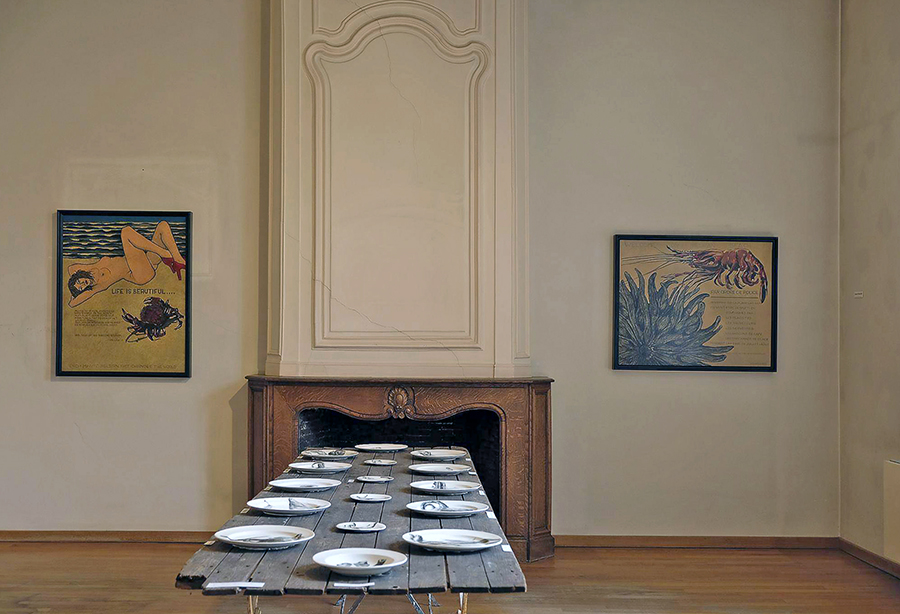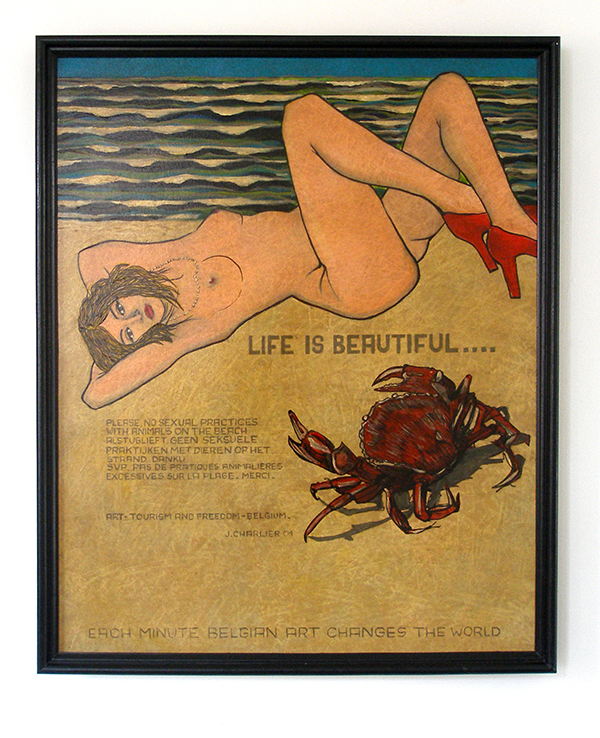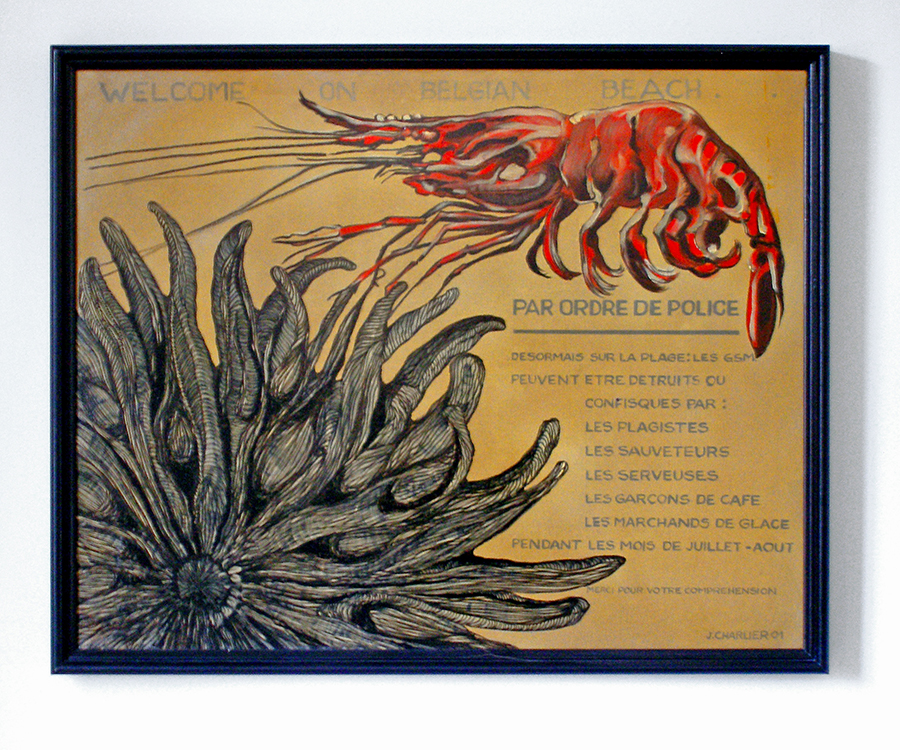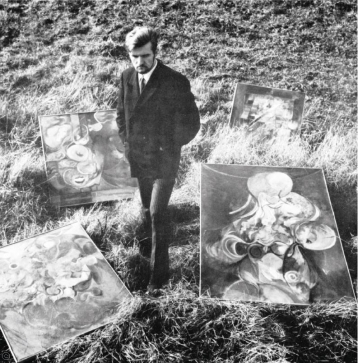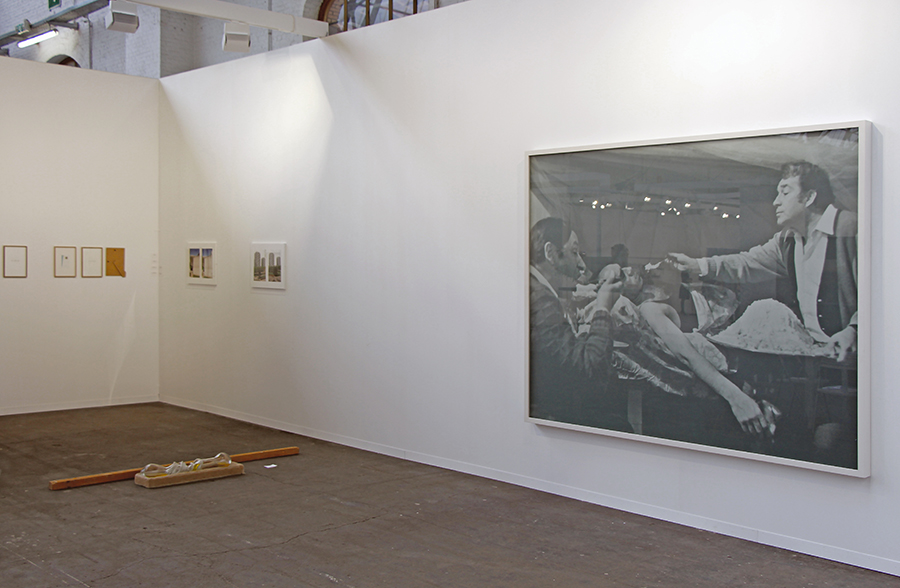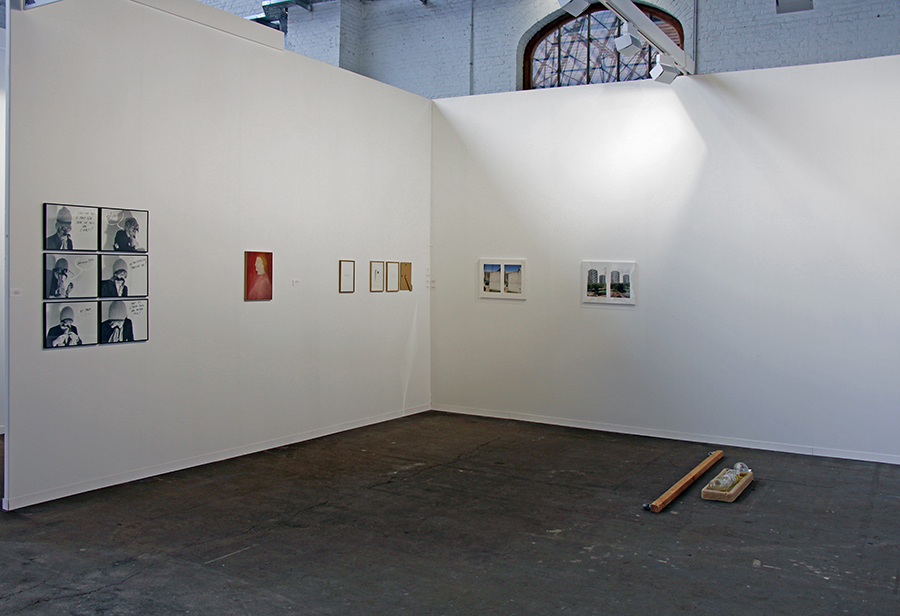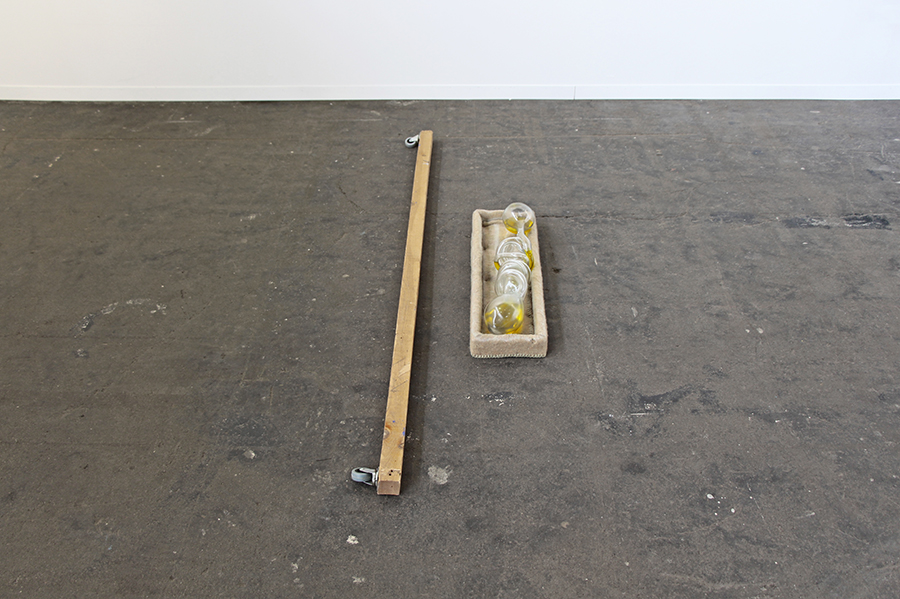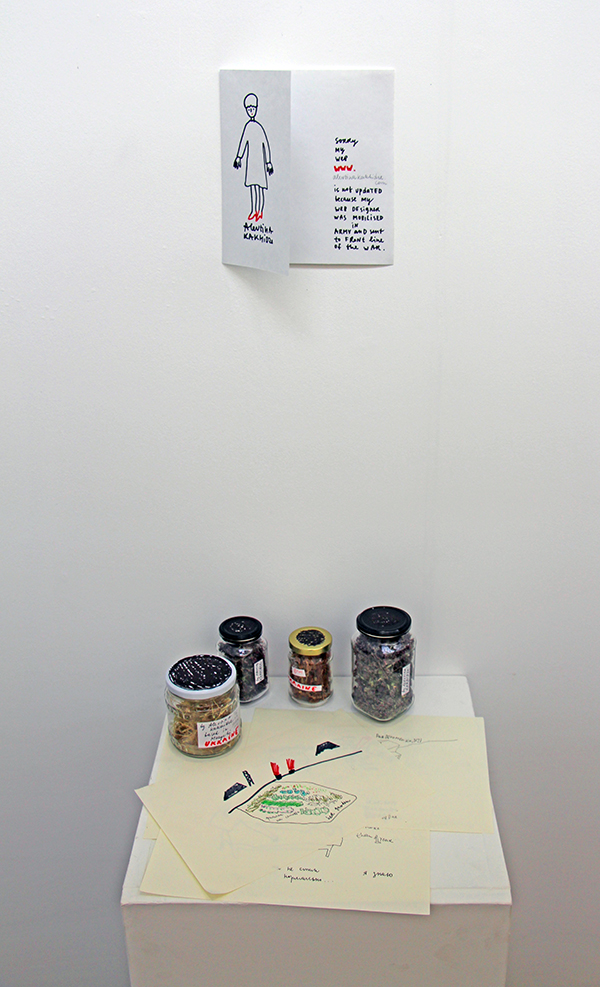Jacques Lizène, Marcel Duchamp croisé François Rabelais, technique mixte, 2017
Jacques Charlier, Jacques Lizène, Pol Pierart et Raphaël Van Lerberghe participent tous les quatre à l’exposition « La Comédie du Langage », organisée à la galerie de l’Hôtel de Ville de Chinon (Loire), en hommage à François Rabelais. Vernissage ce 20 mai, exposition jusqu’au 15 octobre 2017. Commissariat : Cindy Daguenet.
La galerie de l’Hôtel de Ville revient sur plusieurs aspects importants de la langue de Rabelais : ses jeux de langage. Anagrammes, palindromes, exercices de styles, calembours, et aphorismes sont au programme d’une grande partie des œuvres présentées dans l’exposition. Mais pas seulement, puisque le langage et la sémantique depuis Un coup de dés jamais n’abolira le hasard de Stéphane Mallarmé, aux premières œuvres des futuristes et au recueil Calligrammes de Guillaume Apollinaire ouvrent une porte vers de nouvelles préoccupations artistiques et intellectuelles au début du 20 ème siècle. Le langage en tant que matière phonétique est pris à bras le corps par des artistes comme François Dufrêne, Joël Hubaut, Bernard Heidsieck et Gherasim Luca à travers des lectures performances. Une exposition riche de plus de 40 œuvres et 60 éditions originales de livres d’artistes. Cette exposition est un hommage à Rabelais et la richesse de notre langage.
Avec : Marcel Duchamp, Angelo Rognoni, Jean Dupuy, Francine Flandrin, Art & Language, Sammy Engramer, Pol Pierart, Anabelle Hulaut, François Dufrêne, Bernard Heidsieck, Olga Adorno, Raphael Van Lerberghe, Jacques Lizène, Christian Xatrec, François Morellet, Patrice Lerochereuil, Jacques Charlier, Zhuo Qi, Joël Hubaut, Gil Joseph Wolman, Jacques Halbert, Raymond Hains et des éditions originales de : Raymond Roussel, Alfred Jarry, Stéphane Mallarmé, Roland Topor, Raymond Queneau, Francis Picabia, F. T Marinetti, Maurice Lemaitre, Isidore Isou, Joël Hubaut, Marcel Duchamp, Jean Epstein, Robert Desnos, Claude Closky, Dan Graham, Henri Chopin, Joseph Kossuth, Robert Filliou, Juliette Roche, …
Pol Pierart, Aureboire,technique mixte sur carton, sd. Collection Province de Liège, ancienne collection du Cirque Divers.
Toujours à Chinon, rabelaisienne cité du vin, au musée du Carroi cette fois, c’est Marie Zolamian qui expose en contrepoint de l’exposition « Paroles à boire », très belle sélection de verres à boire de l’Antiquité à nos jours des collections du Grand Curtius à Liège, la deuxième plus grande collection au monde après celle du Musée Corning dans l’Etat de New York. Les verres sont issus de divers pays avec, comme points forts, les verres vénitiens ou réalisés à la façon de Venise, le cristal de Bohême ainsi que les œuvres d’époque Art nouveau ou Art Déco.
Coupe syrienne, 13e siècle, musée du Grand Curtius Liège.
Dans notre idée de présenter un parcours chronologique sur l’histoire du verre à vin de ses origines à nos jours dans toutes les vitrines du troisième étage du musée, il nous paraissait important d’accorder de la place à une artiste de notre époque pour offrir au public un dispositif constitué de deux séries d’œuvres sur papier et d’une vidéo sur la thématique de l’eau et du vin. Marie Zolamian utilise dans ses œuvres, sa mémoire et ses origines mais également des expériences et des rencontres qu’elle a pu faire ses dernières années notamment lors d’une résidence à Birzeit en Palestine. La série « A servir » présente une procession de femmes parées de coupes, d’aiguières, de flacons remplis de liquides : rouge, bleu ou ocre. Alanguies sur une jarre, accroupies sur un tapis avec un flacon dans leurs mains, puisant l’eau dans un puits au beau milieu d’une oasis, les femmes sont au centre de cette série, à la fois servantes et prêtresses. Le titre « A servir » joue sur ce double sens puisqu’il laisse entendre le mot « asservir », être réduit à la servitude, ce que tout au long de notre histoire les hommes et les textes sacrés imposeront aux femmes.
Marie Zolamian
Sans titre, de la série A Servir, 2013
gouache sur papier, 21 x 13,5 cm
[sociallinkz]
